Vittorio Gassman: An Icon of Italian Cinema
Vittorio Gassman, one of the greatest Italian actors of the 20th century, has left an indelible mark on the global cinematic landscape. His extraordinary career spanning decades is characterized by exceptional versatility and the ability to bring life and depth to every character he portrayed. Among the numerous films that have helped define his legendary status are memorable works such as “Tolgo il disturbo,” “Anima persa,” “La famiglia,” and “Due pezzi di pane.”
“Tolgo il disturbo” (1990)
Directed by Dino Risi, “Tolgo il disturbo” is a film that highlights Gassman’s extraordinary acting talents. Here, he plays the role of Emilio, a middle-aged man in existential crisis, trapped in a loveless marriage. His performance touches deep chords, showing the fragility and humanity of the character. Gassman perfectly captures the sense of alienation and disillusionment, delivering an unforgettable performance to the audience.
“Anima persa” (1977)
In this intense drama directed by Dino Risi, Gassman brings to the screen the character of Carlo, a World War II veteran tormented by memories of the past who finds himself facing an empty and meaningless existence. His poignant and nuanced performance highlights the pain and desperation of a man in search of redemption. Gassman delivers a masterful performance, confirming his ability to bring complex and tormented characters to life.
“La famiglia” (1987)
In “La famiglia,” directed by Ettore Scola, Gassman plays the role of Carlo, the patriarch of an Italian family facing the challenges and difficulties of everyday life. His performance is characterized by a magnetic presence and deep sensitivity, making the character authentic and realistic. Gassman manages to capture the essence of the Italian family with extraordinary skill, offering the audience an unforgettable portrait of love, conflict, and resilience.
“Due pezzi di pane” (1979)
In the film directed by Sergio Citti, Gassman portrays Father Giacomo, a gentle and generous priest navigating the hardships of life in a poor neighborhood of Rome. His performance exudes warmth and humanity, making him a source of guidance and comfort for the community he serves. Gassman masterfully conveys the spirituality and compassion of his character, delivering a touching and memorable performance to the audience.
In conclusion, Vittorio Gassman remains one of the most admired and respected figures in Italian cinema. Through his extraordinary career and unforgettable performances, he has left an eternal mark in the hearts of audiences worldwide, demonstrating his innate talent and dedication to his craft. His contribution to the world of cinema will remain indelible, continuing to inspire and enchant future generations.
Watch the full movie on www.movieitalyplus.com or watch the clips on www.visititalywithmovies.com


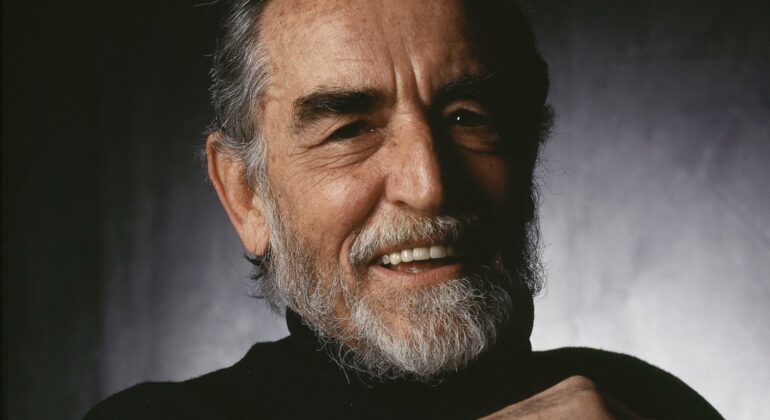
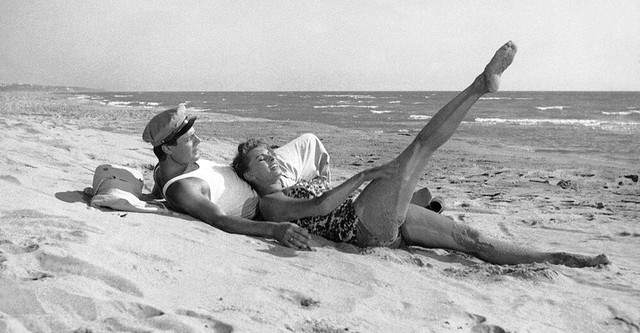
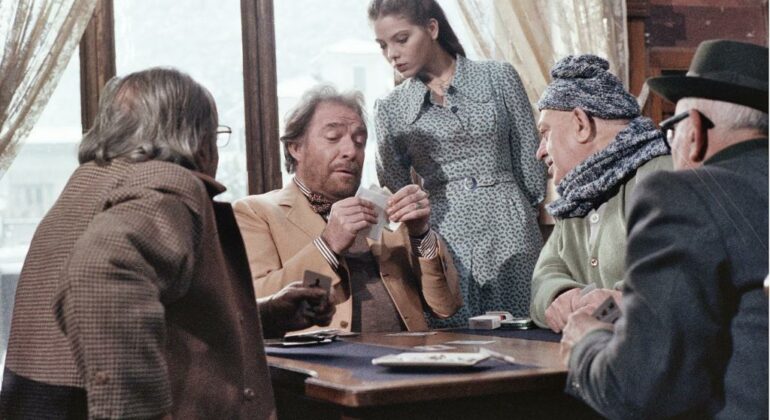
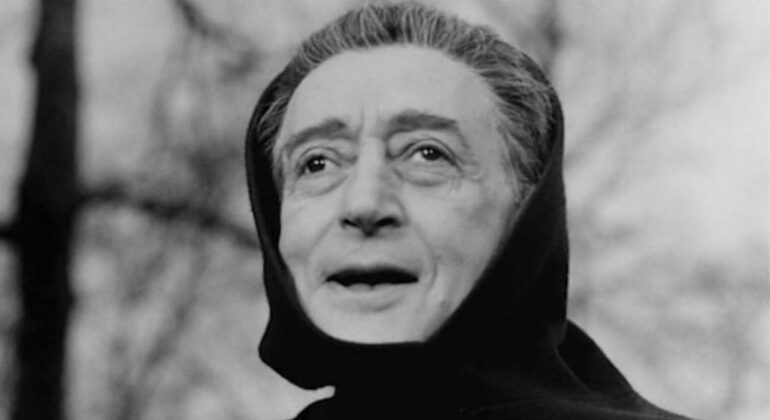
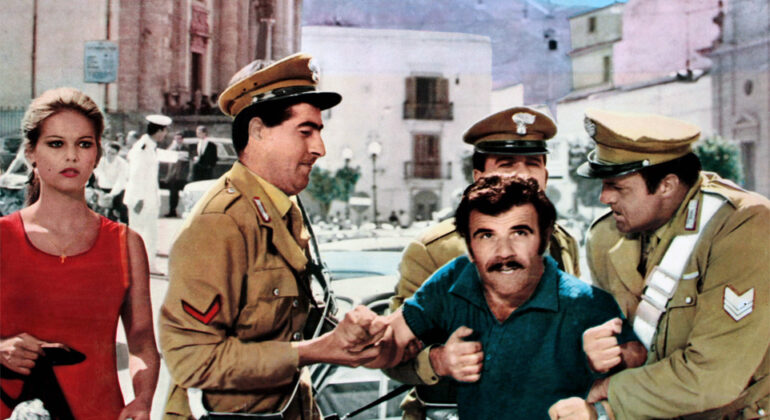
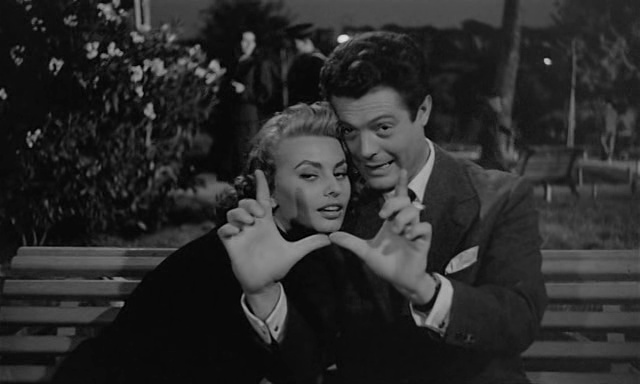

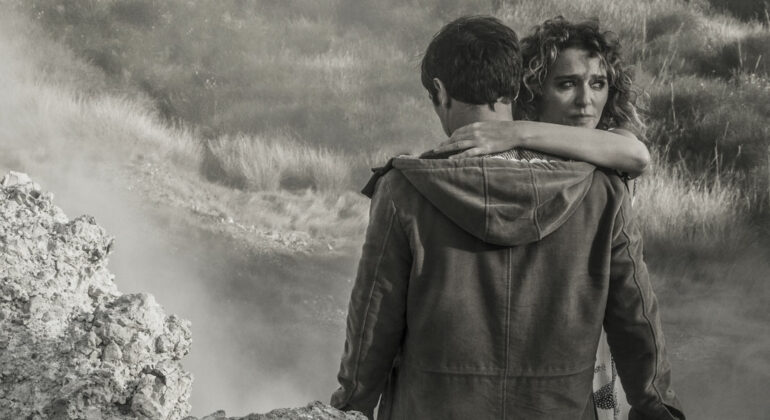
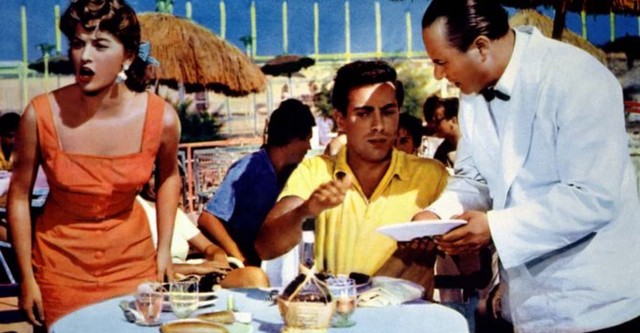
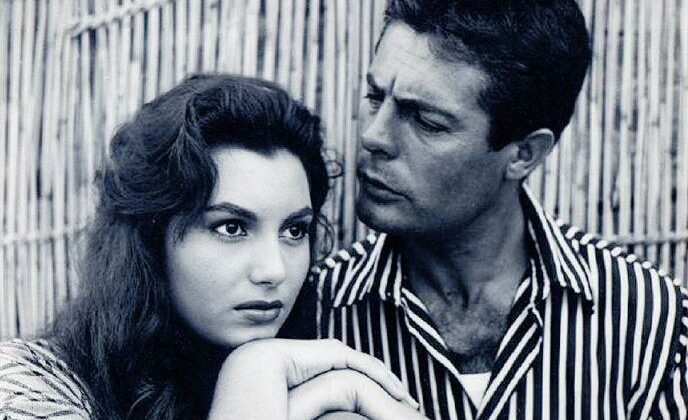




Recent Comments